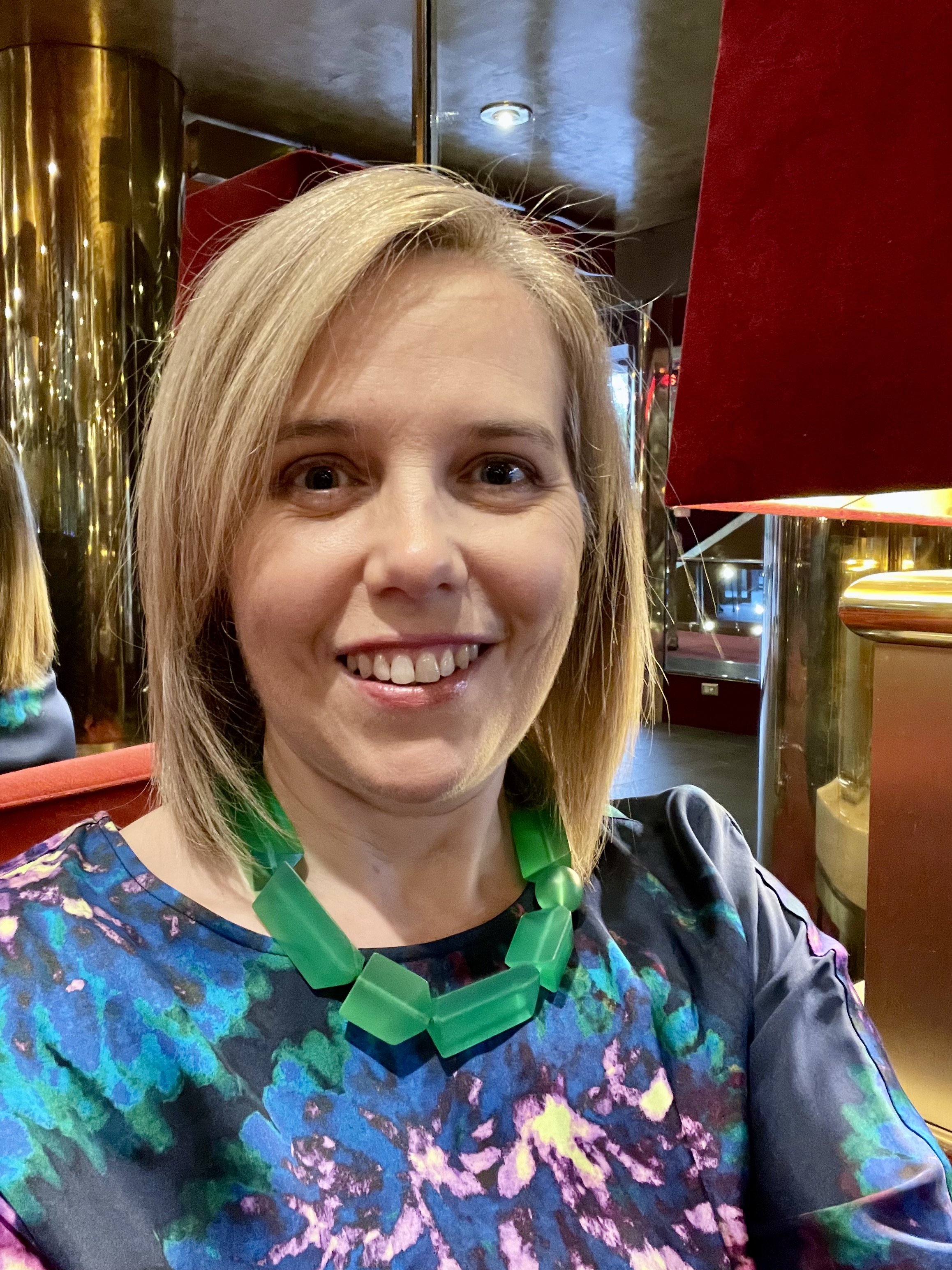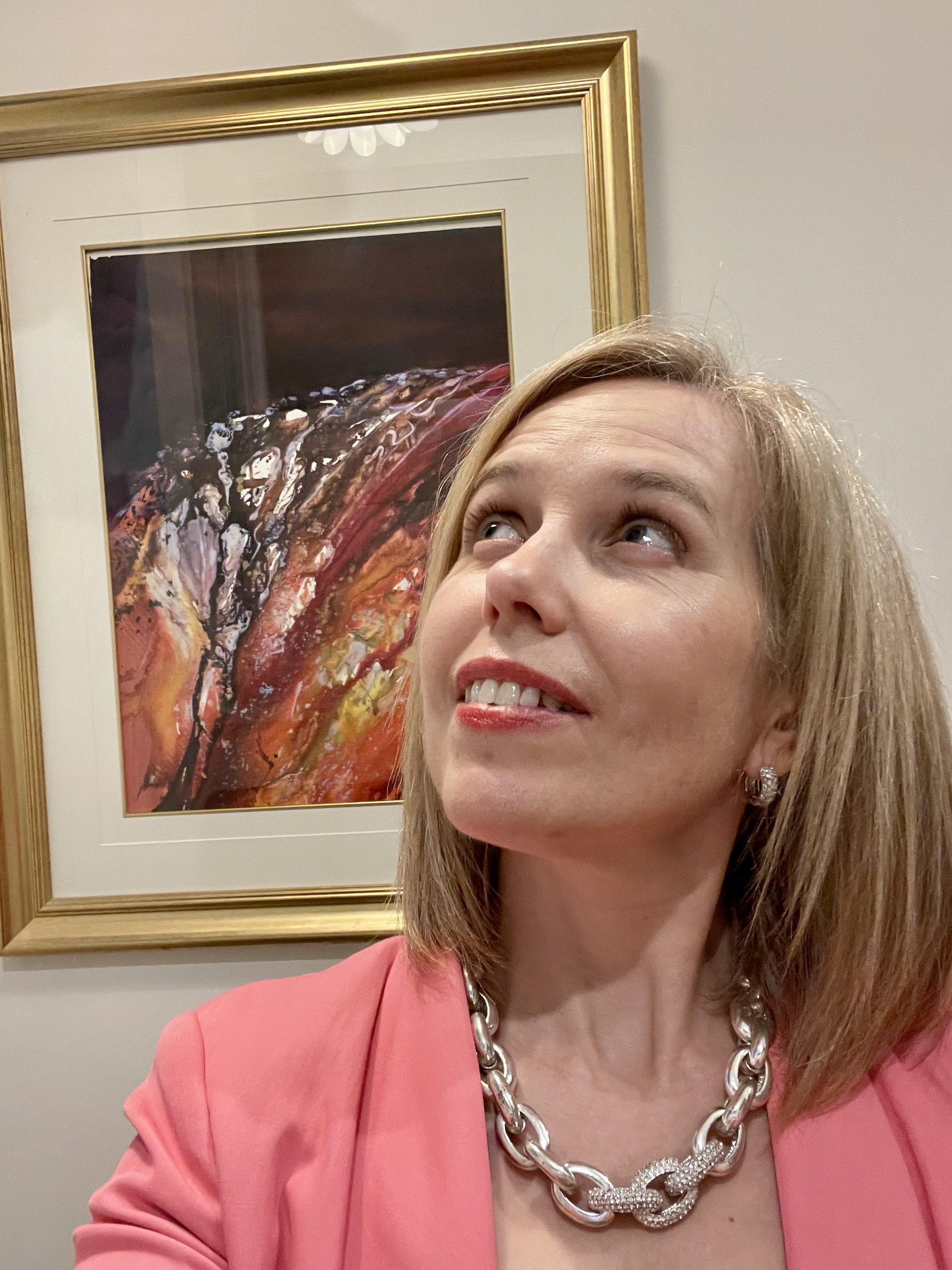The Daily Habits of Leaders Who Build Collective Strength
What Adaptive Leadership Looks Like in Practice (and How You Can Start)
“Coming together is a beginning; keeping together is progress; working together is success.”
In a world where uncertainty is the norm, one of the most powerful ways to foster adaptive stability is through collective leadership. When leadership is shared — not hoarded — trust deepens, transparency strengthens, and flexibility becomes a lived experience across the organisation.
Resilient Leadership Flows Across Boundaries
Collective leadership works like a river delta. No single channel carries the flow alone. Its strength lies in the braided streams that split and reconnect — distributing energy, resilience, and adaptability across the entire system.
Organisations practising collective leadership are the same. Responsibility flows across boundaries. Leaders consult, collaborate, and align, ensuring that decisions adapt as conditions evolve.
In contrast, siloed organisations resemble a single, narrow channel — fast-moving, but brittle. Vulnerable to blockages. Incapable of adjusting when the terrain changes.
Why Collective Leadership Strengthens Adaptive Stability
To lead through complexity, organisations must build:
Foresight: anticipating risks and opportunities
Flexibility: adjusting priorities and approaches in real time
Coordination: aligning effort across the system
Resilience: sustaining performance under pressure
Collective leadership fortifies each of these capabilities. When leaders share information, decision-making, and purpose:
They build a more complete view of the landscape
They move in greater unison, reducing fragmentation
They foster trust and psychological safety — a vital buffer in disruption
They stay anchored in outcomes that benefit the whole system
Studies support the link between collective leadership and adaptability. Research shows that in complex organisations, leadership distributed across teams enhances responsiveness and resilience.
Peter Gronn’s work on distributed leadership, highlights that organisations practising shared leadership are better able to innovate and sustain performance under changing conditions.
Real-world Lesson: the Colonial Pipeline Cyberattack
In May 2021, Colonial Pipeline faced a ransomware attack that crippled fuel supply across the U.S. East Coast. The leadership response embodied collective leadership in action.
Executives, IT, legal, communications, and government agencies aligned rapidly. They coordinated public messaging, operational decisions (including the temporary pipeline shutdown), and negotiations.
Their ability to unite across functions helped stabilise the situation and restore operations within days.
A Cautionary Tale: Kodak’s Fragmented Leadership
On the other hand, Kodak’s fall offers a stark warning. Though it invented core digital photography technology, siloed leadership and internal competition blocked integration into its strategy.
Departments thrived individually, but the system as a whole failed to adapt — leading to Kodak’s 2012 bankruptcy. This would have been unthinkable in Kodak’s heyday, when a “Kodak moment” meant something to save and remember.
The Collective Leadership Compass
Dr. Petra Kuenkel’s Collective Leadership Compass offers a clear framework for strengthening this approach.
It identifies six key dimensions leaders can cultivate to enable more adaptive, collective approaches:
Humanity: build trust, connection, and shared purpose
Engagement: foster ownership and active participation
Collective Intelligence: leverage diverse perspectives
Future Possibilities: cultivate shared vision and adaptability
Wholeness: see the organisation as an interconnected whole
Action Orientation: enable decisive, aligned action
Strengthening these dimensions helps leaders hold both flexibility and stability — the heart of adaptive stability.
How do I Build Collective Leadership?
To cultivate collective leadership:
Encourage cross-functional collaboration: bring teams together to solve shared challenges and reflect on progress and direction
Align goals: foster a sense of shared meaning, outcomes and direction
Invest in leadership capability: grow skills like systems thinking, emotional intelligence, and facilitation
Recognise and reward collective behaviours: celebrate collaboration, not just individual achievement.
Everyday rhythms of collective leadership
Structures and frameworks are only the starting point. Collective leadership lives in everyday habits — the steady, intentional rhythms that reinforce trust and alignment.
Here’s how it could look in practice:
A day in the life of a collective leader (condensed for illustration)
8:30am — Leadership huddle Daily cross-functional stand-up. Leaders share insights — customer feedback, operational signals, external shifts — and collectively sense if priorities should adjust.
10:00am — Cross-functional problem-solving Instead of escalating issues vertically, the leader convenes stakeholders to map the system and co-create solutions.
12:30pm — Learning lunch A casual forum where leaders and team members explore a challenge or trend, building shared understanding.
3:00pm — Reflective peer dialogue Small-group reflection on progress against shared goals: What are we learning? Are we moving in a coordinated way? What tensions or blind spots must we address?
Throughout the day — Open channels Leaders share relevant information continuously through internal platforms and informal conversations — keeping the leadership system connected and responsive.
These small, deliberate actions, (which are more likely spread throughout the week), build the muscle of adaptive stability over time.
They foster resilience, flexibility, and a stable core that can withstand — and thrive through — disruption.
Apply it to Your Own Leadership Practice
Ask yourself:
Am I creating space for shared sense-making?
Do I reflect collectively on progress and tensions?
Are my leadership conversations oriented toward outcomes that serve the whole system?
Collective Leadership Fortifies You in Uncertain Times
In an environment where uncertainty is inevitable, collective leadership is both a strategy and a safeguard. By weaving connection, foresight, and shared resilience into daily leadership, you create the adaptive stability your organisation needs to move forward with strength and assurance.
It is through consistent, everyday actions that leaders reinforce a collective leadership mindset and build connected momentum over time.
What’s one small shift you’ll make this week to strengthen your team’s ability to adapt and deliver — together?

